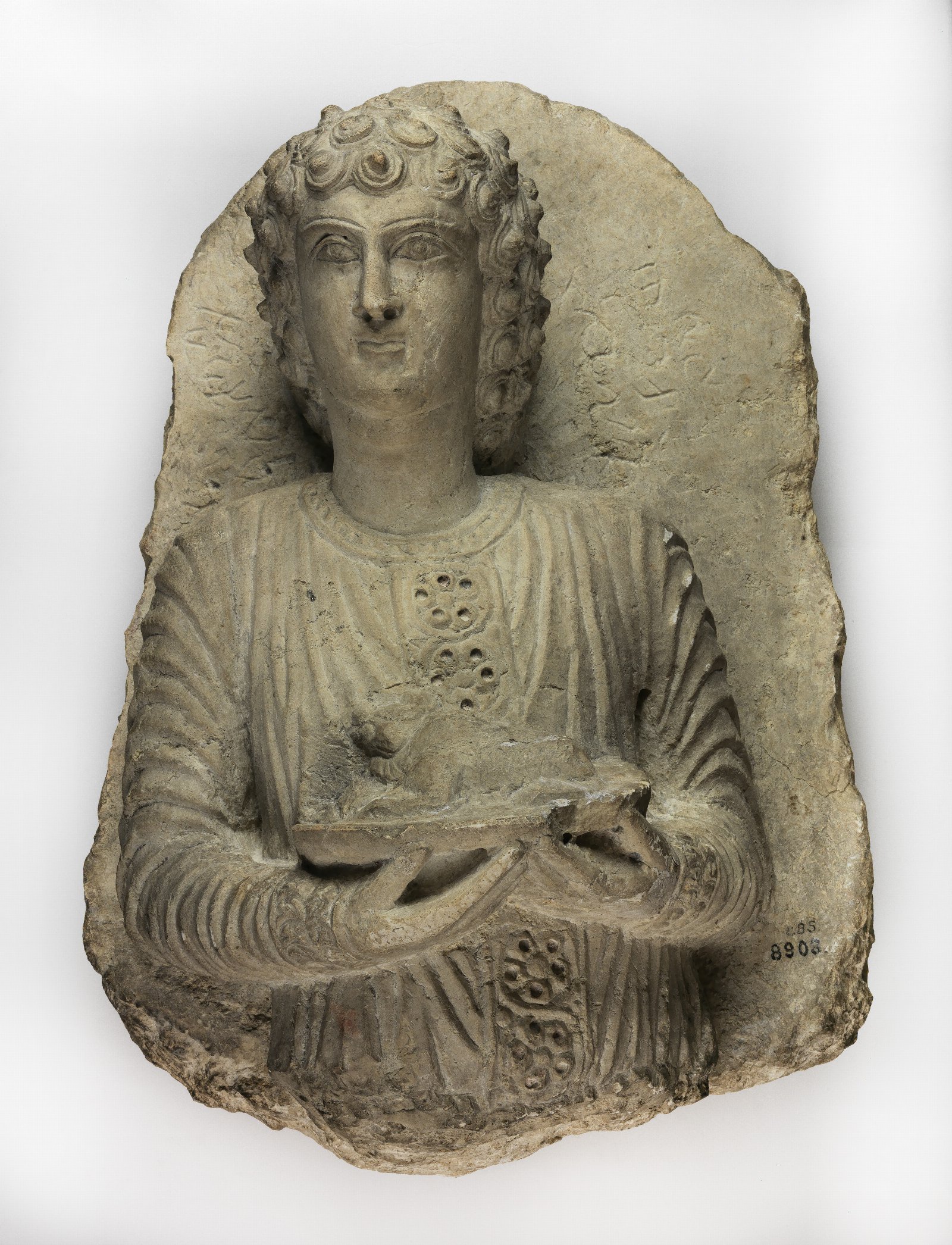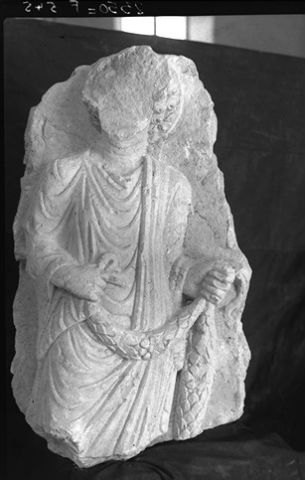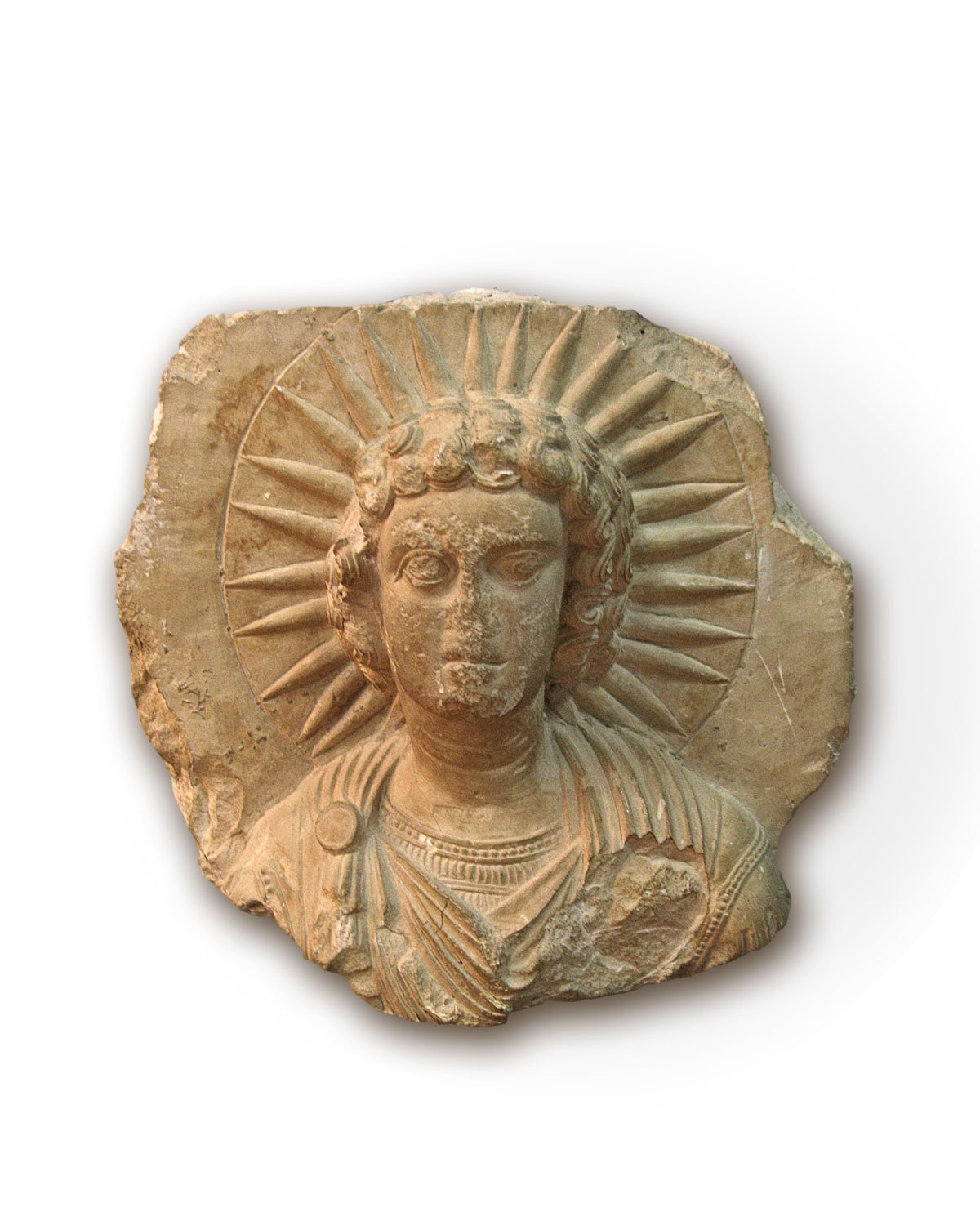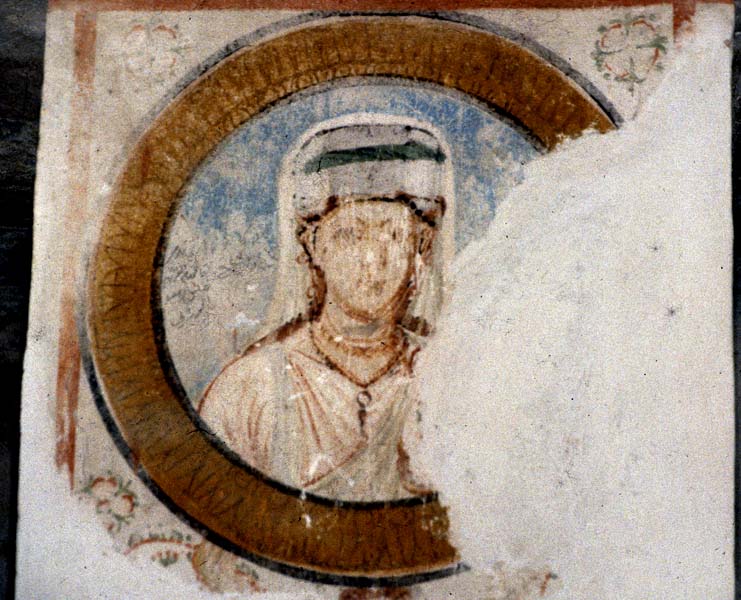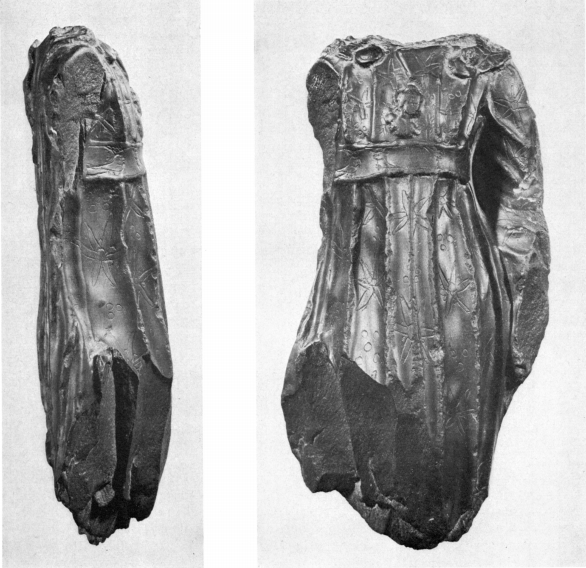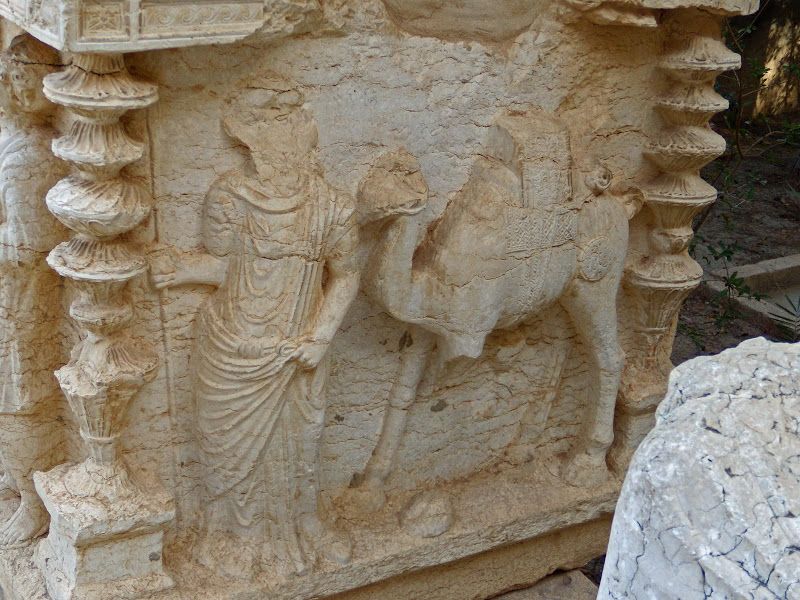Funerary reliefs from Palmyra with a “Horus lock” – overview
SOURCES:
– Aramaic Inscriptions in the Palmyra Museum, Khaled Al-Asʿad, Michal Gawlikowski and Jean-Baptiste Yon
https://journals.openedition.org/syria/1478
– Unveiling female hairstyles: markers of age, social roles, and status in the funerary sculpture from Palmyra; Signe Krage, Rubina Raja https://pure.au.dk/portal/files/216470140/ZOrA_11_SD_Krag_Raja.pdf
– K. Parlasca “A New Grave Relief from Syria.” The Brooklyn Museum Annual, 1969-1970
– Roman Children and the “Horus lock” between Cult and Image. In: Gasparini, V. / Veymiers, R. (eds.), “Individuals and Materials in the Greco-Roman Cults of Isis. Agents, Images, and Practices”, p. 509-538. Annika Backe-Dahmen academia.edu
– Portraying Literacy of Palmyra, Łukasz Sokołowski https://www.academia.edu
Male bust with stylus and tablets in the Louvre museum, temple of Bel (Palmyra, Syria); photo taken ca 1923 https://medihal.archives-ouvertes.fr/medihal-00793953 |  The same relief as shown now in Louvre. Photo Jastrow Dated to 2nd-3rd century. Louvre Inv. no. AO 18174. |
 Funerary relief of an unidentified male; 150-200 CE. In Museum of Archaeology, Istanbul, Turkey. ©Osama SM Amin FRCP(Glasg) wiki |  Portrait of a young man / a boy, 200-273 CE. Palmyra Museum, inv. no. A 898. Photo after Tanabe 1986 http://colorsandstones.eu/produkt/10137/ |
 Relief of a girl holding a bird, wearing earrings, and a necklace of lunula and bulla (?) pendants. Circa 200 CE, 56 x 33 cm. National Museum in Damascus, Syria |  Relief depicting a woman and a girl (grandmother and granddaughter); 150-200 CE. In Antakya Archaeology Museum, Inv. no. 9044 Photo © Dick Osseman |
 Figure of a boy; 3rd century (?) Palmyra Museum Inv. 2580/8830 | |
 Syria, circa 150 CE. In the private collection, Basel. | K. Parlasca, p. 172: “Between parents there is their son, who wears a youthlock wrapped around his head like a braid. This coiffure is known from several Syrian works, some of them, mostly from Palmyra, have been listed by Inghold in connection with a relief bust from his excavations.” |

